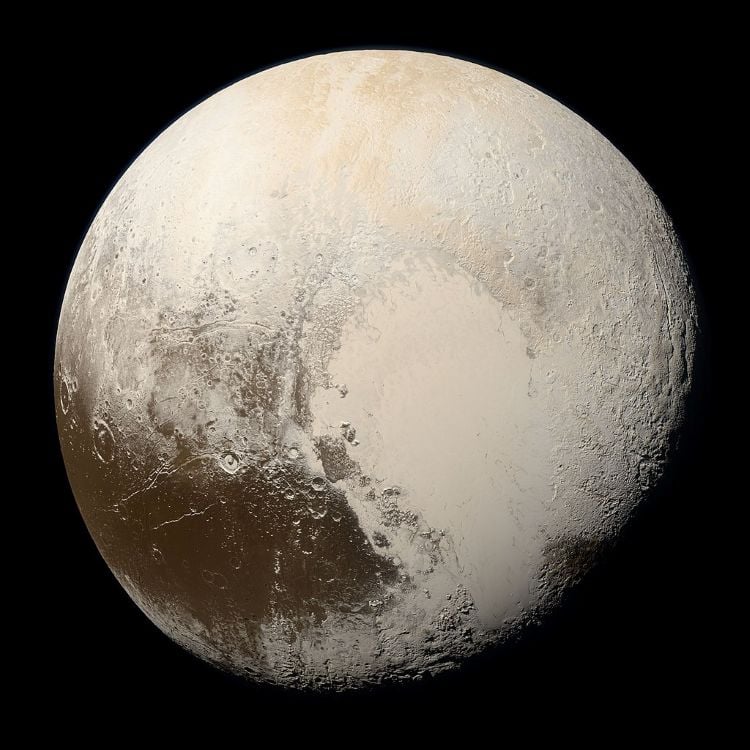
A recent study published in *The Planetary Science Journal* sheds light on potential cryovolcanic activity occurring on Pluto, specifically within the Kildaze caldera located in the dwarf planet’s Hayabusa Terra region. Researchers focused on this area to better understand geological processes on Pluto, particularly how such activity can persist despite its significant distance from the Sun.
The investigation utilized images captured by NASA’s New Horizons spacecraft, which made its historic flyby of Pluto in July 2015. By comparing these images to other known cryovolcanic sites on Pluto, such as Virgil Fossae and Viking Terra, as well as analogous sites on Earth and Mars, scientists sought evidence of past eruptions. Earth analogs included the Yellowstone caldera and Valles Caldera, while Mars analogs featured collapsed pit craters in the Noctis Labyrinthus region.
To analyze Kildaze caldera, the research team employed digital elevation models, elevation profiles, and 3D visualizations. Their findings suggest that the water ice present in Kildaze is likely a few million years old—significantly younger than Pluto itself. The study concludes, “In consideration of the size, structure, composition, and youth of Kildaze and its surroundings, we suggest that this region is a cryovolcano with a caldera structure, having a history of one or more eruptions ejecting 1,000 km³ of cryolava, and possibly an unknown number of eruptions of a smaller scale.”
Cryovolcanism, distinguished by its icy “magma,” contrasts with traditional volcanism that involves molten rock. Since the term was introduced in 1987, cryovolcanism has been observed on numerous celestial bodies, including Ceres, Europa, and Titan. The mechanisms behind cryovolcanism can include external influences such as crater impacts or tidal heating, as well as internal heat generated from radioactive decay.
What makes Pluto’s situation particularly intriguing is its location at the outer edges of the solar system, where solar influence is minimal. Researchers continue to explore whether internal heating on Pluto arises from tidal interactions with its largest moon, Charon, or from radiogenic heating. A 2022 study published in *Icarus* hypothesized that tidal heating from Charon helps maintain Pluto’s internal warmth, suggesting that this heat may linger long after Charon itself cooled.
Since the New Horizons mission, which took nearly nine years to reach Pluto, scientists have proposed several new missions to revisit the dwarf planet. One concept involves a fusion-powered orbiter-lander combination that could arrive at Pluto within four years.
As researchers analyze the data collected by New Horizons, they aim to uncover more about Pluto’s geological activity and its implications for our understanding of cryovolcanism in the solar system. The ongoing exploration of Pluto raises questions about the dwarf planet’s past and future. What further discoveries await in the coming years? The scientific community remains eager to find out.







